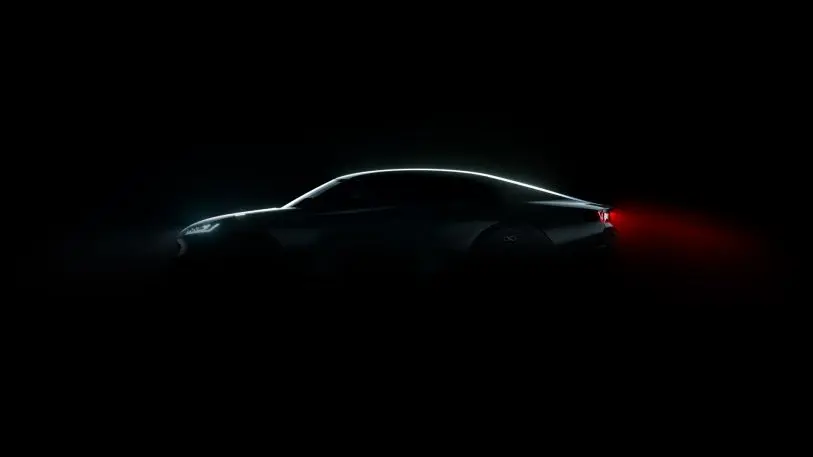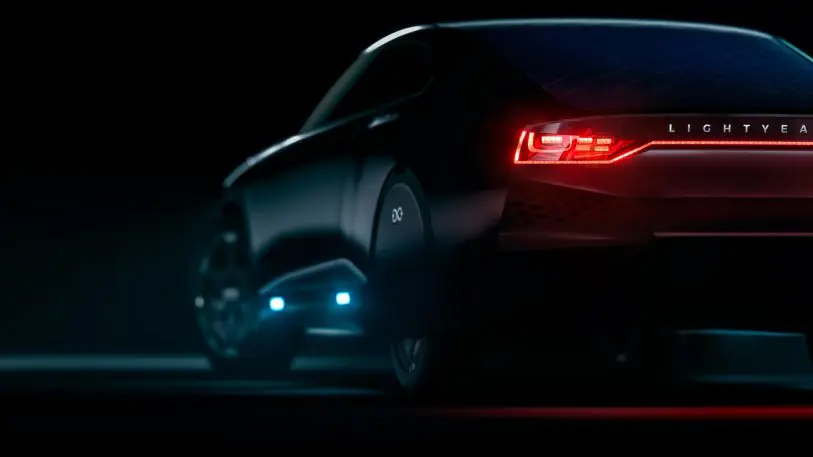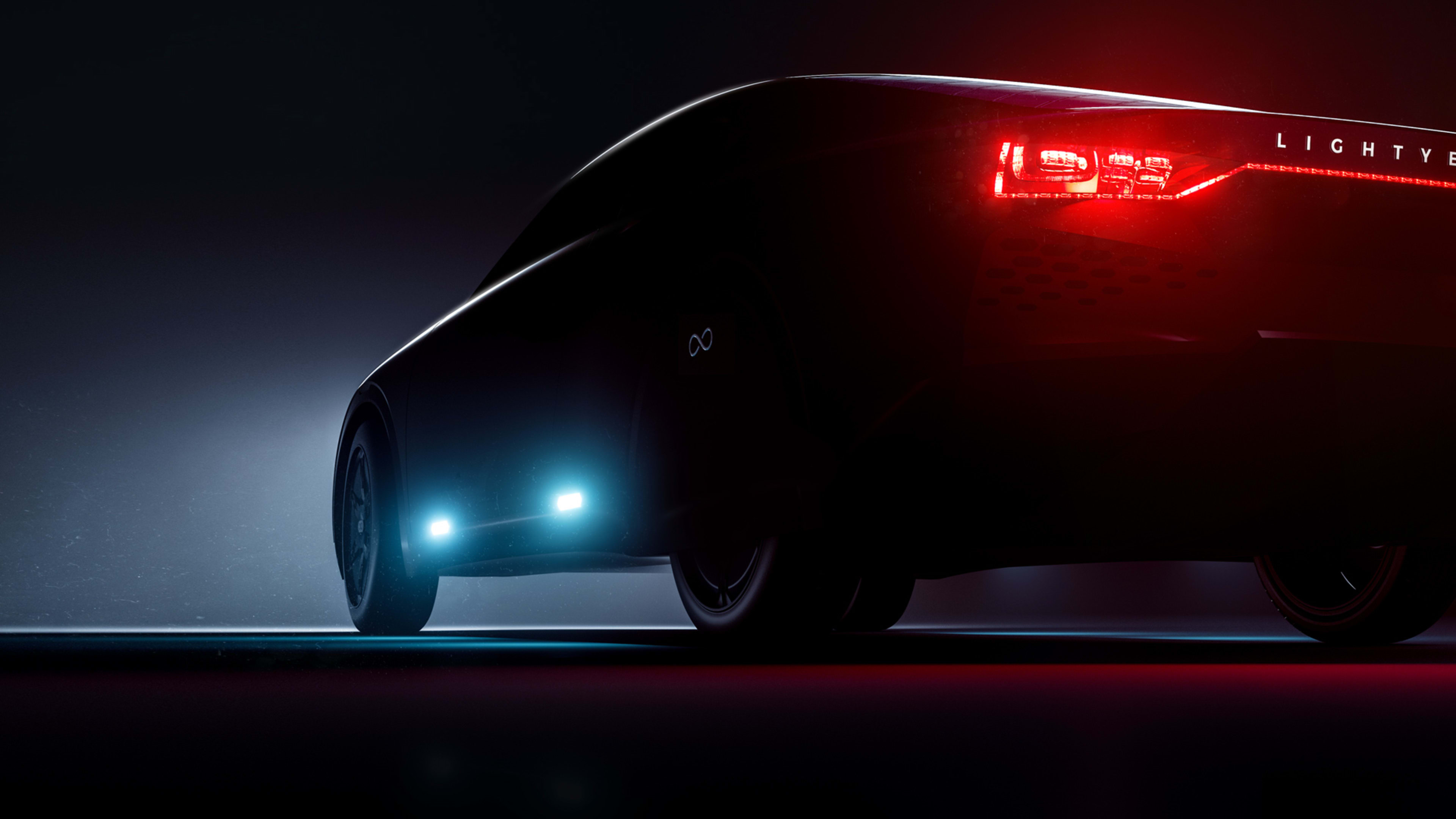Inside a gleaming new factory that opened this week in the Dutch city of Helmond, engineers are beginning to build the first prototypes of a new electric car that is designed to be able to charge directly from solar cells on the roof.
Though the car can also charge with a traditional plug, with solar power built into the car, “you don’t need charging points anymore,” says Lex Hoefsloot, the CEO of Lightyear, the startup building the new car, which it plans to have hit the market in 2020. “That means you get rid of the whole chicken-and-egg problem you have around electric cars: There’s not many electric cars because there’s no infrastructure, and there’s no infrastructure because there’s no electric cars. You can kind of [circumvent] that process by making an electric car that doesn’t rely on infrastructure.”
[Image: Lightyear]Hoefsloot first began developing the concept of the car as a student at the Eindhoven University of Technology, where he was part of a team that developed a car that won the World Solar Challenge in 2013 and again in 2015, driving nearly 1,000 miles on a single charge. In 2016, the engineers realized that the basic concept was commercially viable, and went straight from the university to launch a startup, finding both investors and others with experience in the car industry–including ex-Tesla employees–to bring a new version of the car to market.
“We saw that the technology we used–the solar cells and the battery cells and the motors–were getting much better from year to year,” says Hoefsloot. “In the first car that we built for the Solar Challenge we had solar cells that were 22% efficient, and two years after that they were 24% efficient. That meant a 10% increase in energy yield. That keeps happening every two years. So that means at some point it is really kind of trivial to use solar power as a way of charging.”

“If you improve the aerodynamics of the car so you use less energy, then what happens is that you can use a smaller battery and still get the same range,” says Hoefsloot. “Then when you have a small battery, you have less weight, so that means you have even less energy consumption. And then that’s a feedback loop that keeps going.”

Over the next year, the startup will test how its prototypes perform on the road. In 2020, it will begin selling the first cars–beginning with low production volumes, in part to avoid the type of production issues that have plagued Tesla. The first car will be expensive, starting at €119,000 or around $135,000. But as production ramps up and costs come down, the company eventually wants to get to a price around $26,000 (though this strategy has been difficult for Tesla). Ultimately, the company wants to sell the car everywhere, including emerging markets.
“The mission behind the company is to provide clean mobility for everyone,” says Hoefsloot. “So that means that this is really the best first step for us. And the next would be to go to the areas where the real problems are–where you have not so much charging infrastructure, where the roads are bad, and where smoke problems are bad.” The cost can be low, he says, because “inherently, nothing in the car is expensive.” Solar cells and batteries continue to fall in cost.
In the future, Hoefsloot believes that there will be a mix of solar-powered electric cars and others that continue to rely on traditional charging. But he’s hoping that the rest of the industry can learn from Lightyear’s ultra-efficient design–something that could bring down energy use, cost, and carbon footprint in any car. “I just hope this will be an example of the second wave of electric cars,” he says. “You see the first wave which Tesla initiated in 2010 with the Model S platform, and then all the car manufacturers started copying that architecture. I really hope that this architecture will be the new standard for electric cars.”
Recognize your brand’s excellence by applying to this year’s Brands That Matter Awards before the early-rate deadline, May 3.
